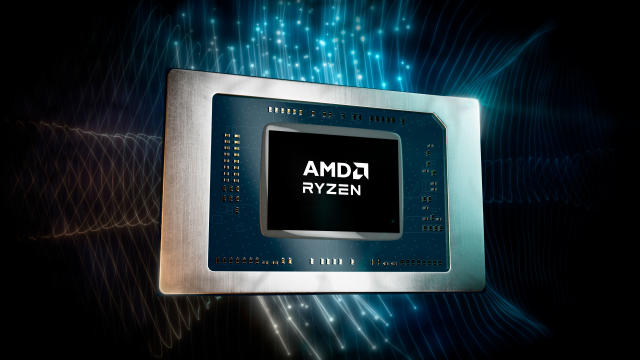AI Accelerators and RDNA 3.5 Graphics in Zen 5: A Leap Forward in Onboard Graphics
Saturday, April 27, 2024
AI Accelerators and RDNA 3.5 Graphics in Zen 5: A Leap Forward in Onboard Graphics
AMD’s Zen architecture has consistently pushed the boundaries of CPU performance, but with Zen 5, the company is taking a holistic approach by enhancing not only the CPU cores but also the onboard graphics capabilities.
Let’s dive into the exciting features of Zen 5 that will elevate your computing experience.
1. Improved AI Accelerators
AI (artificial intelligence) workloads are becoming increasingly common, whether you’re training machine learning models, enhancing image quality, or optimizing system performance. Zen 5 processors will feature improved AI accelerators, designed to handle AI-related tasks more efficiently.
How AI Accelerators Benefit Users:
-
Faster Inference: AI accelerators speed up inference tasks, allowing applications to make real-time decisions based on pre-trained models. Whether it’s voice recognition, image classification, or recommendation algorithms, Zen 5’s AI accelerators will deliver faster results.
-
Energy Efficiency: By offloading AI computations to dedicated hardware, Zen 5 reduces the burden on CPU cores. This not only improves performance but also enhances energy efficiency.
-
Enhanced User Experience: From smoother video calls to better voice assistants, AI accelerators contribute to an overall improved user experience.
2. RDNA 3.5 Graphics Architecture
AMD’s RDNA graphics architecture has been a game-changer for gaming and content creation. With Zen 5, AMD introduces the RDNA 3.5 graphics architecture, specifically tailored for onboard graphics.
Key Features of RDNA 3.5:
-
Increased Compute Units (CUs): RDNA 3.5 will likely feature more CUs, allowing for better parallel processing. This translates to improved gaming performance, smoother video playback, and faster rendering.
-
Advanced Ray Tracing: Ray tracing, which simulates realistic lighting and reflections, is a staple in modern games. RDNA 3.5 will enhance ray tracing capabilities, even without a discrete graphics card.
-
Better Power Efficiency: RDNA 3.5 optimizes power consumption, making it ideal for laptops and compact desktops. You’ll get impressive graphics performance without sacrificing battery life.
-
Unified Memory Architecture: Zen 5’s integrated graphics will share memory with the CPU, reducing latency and improving overall system responsiveness.
3. No Need for a Discrete Graphics Card
The combination of improved AI accelerators and RDNA 3.5 graphics means that Zen 5 processors can handle graphics-intensive tasks without relying on a separate GPU. Whether you’re a casual gamer, a content creator, or a professional, Zen 5’s onboard graphics will surprise you.
Conclusion
AMD Zen 5 is not just about raw CPU power; it’s a holistic solution that integrates AI acceleration and advanced graphics. As Zen 5 CPUs hit the market, users can expect a seamless experience, whether they’re working, gaming, or creating content.
Stay tuned for more Zen 5 updates, and get ready to explore the future of onboard graphics! 🚀🔍💥
